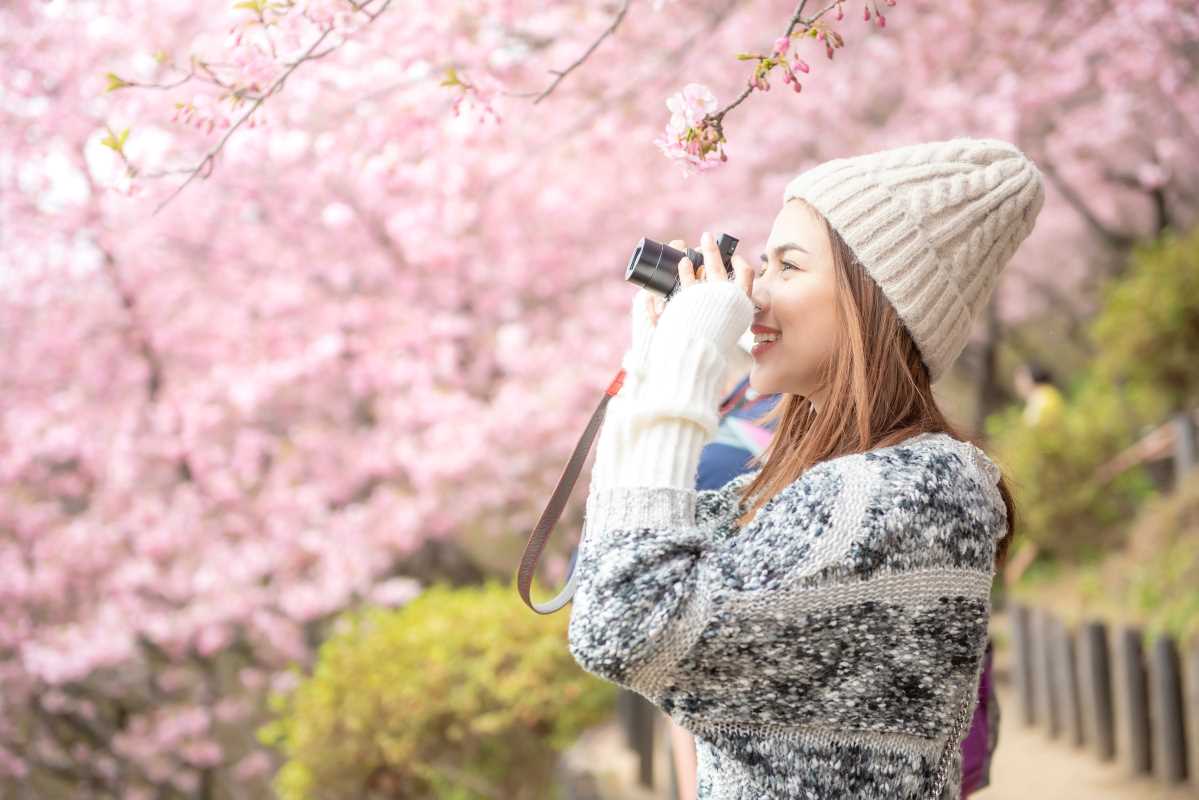Japan’s scenery constantly evolves as the seasons change, with each period offering its own distinct palette and atmosphere. Cherry blossoms create soft, pink clouds above serene temple grounds in spring, while autumn paints the countryside in deep reds and golds as maple leaves blanket winding mountain paths. Throughout the year, these natural transformations reveal stories about the country’s connection with the land. Explore a curated selection of seasonal travel guides that introduce hidden corners and highlight the beauty found far from the usual routes. Discover every facet of Japan’s vibrant seasons, from the famous full bloom of spring to the quiet elegance of winter.
Japan’s Seasons Through New Eyes
Spring often draws crowds to sakura-lined avenues, but think about early April mornings in coastal towns where petals drift into fishing nets at dawn. In summer, instead of bustling festivals, chase fog-shrouded lake views for reflections framed by verdant peaks. Autumn doesn’t end with Kyoto; venture into remote hamlets where village roads glow under amber canopies and local inns serve seasonal delicacies unique to each hillside grove. Winter transforms beyond ski slopes: soak in open-air onsen beside snowswept bamboo forests for an immersive quiet rarely found in guidebooks.
Every region has its own rhythm. Hokkaido’s lavender fields peak in July, opening after the grass has renewed from spring rains. Shikoku’s lantern-lit valley treks during Fall Harvest Month contrast with Honshu’s earlier foliage shows. Inland river valleys reveal vivid crimson leaves later than city parks, creating off-peak windows where trails stay almost empty. Recognize these subtle shifts by tracking daily temperature ranges, sunrise-sunset times, and local harvest festivals that signal nature’s next act. This perspective encourages you to explore with fresh eyes at every turn.
Steps for Planning Seasonal Travel
- Accommodation Booking Tools
- Purpose: Unlock small inns and guesthouses that offer seasonal décor and menus
- Usage:
- Search by dates and filter for family-run properties
- Read reviews for mentions of seasonal touches (e.g., blossom breakfasts, chestnut feasts)
- Message hosts to confirm seasonal offerings
- Cost/Availability: $80–$120 per night during peak blossom or foliage
- Insider tip: Ask about in-house gardeners who can guide you to private groves before public bloom dates
- Local Transport Pass Essentials
- Purpose: Enjoy flexible province-wide travel and avoid single-use fares
- Usage:
- Identify pass coverage and valid days
- Purchase online or at stations two weeks before departure
- Activate on first journey and keep accessible for conductors
- Cost/Availability: Passes start at ¥5,000 for three days in rural areas
- Insider tip: Activate on a light travel day to maximize value and avoid weekend express-line crowds
- Season-Focused Activity Calendars
- Purpose: Align trips with flower festivals, harvest events, and illuminations
- Usage:
- Check regional tourism board bulletins
- Note dates for flower, tea, and lantern events
- Map activities onto travel days, factoring in transit
- Cost/Availability: Many festivals are free; workshops range ¥3,000–¥6,000
- Insider tip: Volunteer-run events often allow last-minute RSVPs—look for community center postings
- Mobile Weather Tracking Apps
- Purpose: Adjust plans in real time for weather changes
- Usage:
- Install two apps for cross-checking forecasts
- Enable alerts for heavy rain, fog, or pollen
- Update forecasts morning and evening
- Cost/Availability: Free versions work; premium alerts cost $3/month
- Insider tip: Set hourly updates when planning mountain or coastal drives prone to fog or showers
- Seasonal Cuisine Reservation Services
- Purpose: Taste local produce at its seasonal peak
- Usage:
- Research restaurants with daily harvest menus
- Reserve at least one week ahead (especially rural taverns)
- Confirm dietary options for seasonal ingredients
- Cost/Availability: Kaiseki meals ¥6,000–¥12,000 per person
- Insider tip: Ask chefs about off-menu harvest bites—these often become the most memorable highlights
Unique Seasonal Experiences Worth Exploring
From spring mudflat walks with migratory birds to glowing summer kayak trips, each season in Japan offers unforgettable adventures. Autumn torch-lit trails and winter frostflower sightings reveal nature’s fleeting beauty. By following local calendars and staying flexible with timing, you’ll uncover authentic seasonal highlights and enjoy discoveries year-round.







